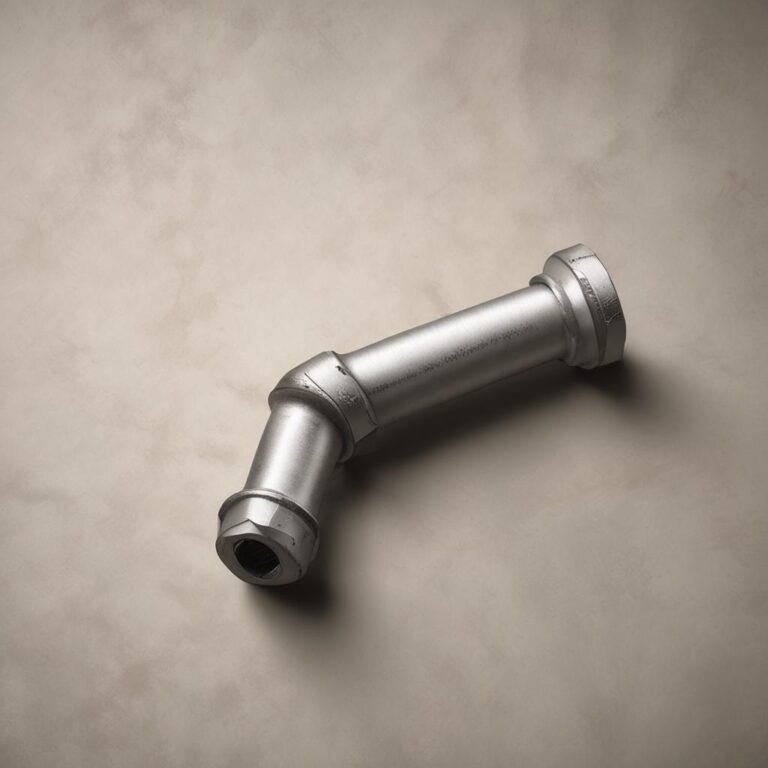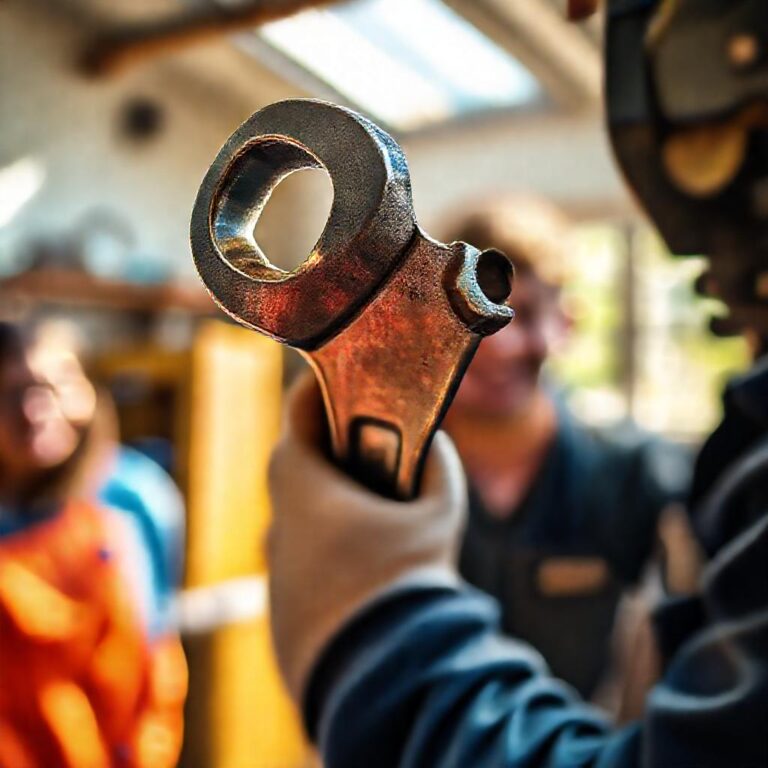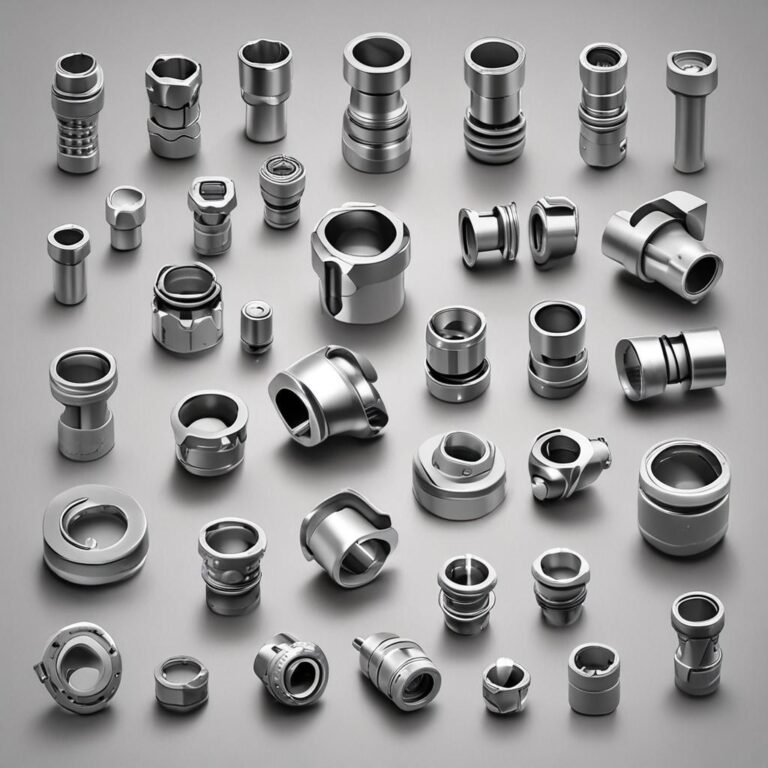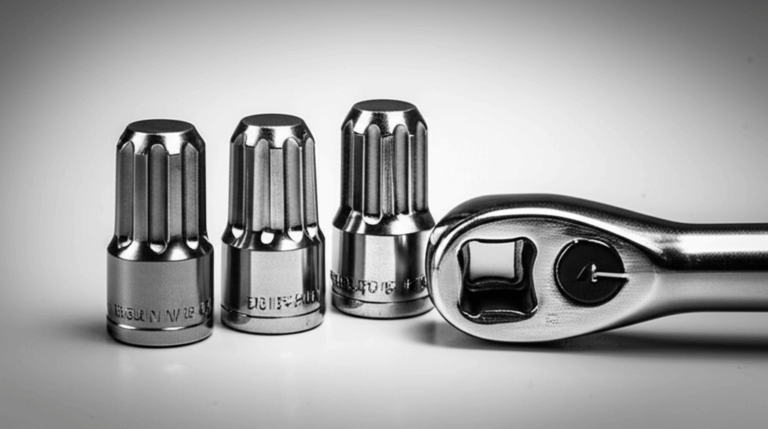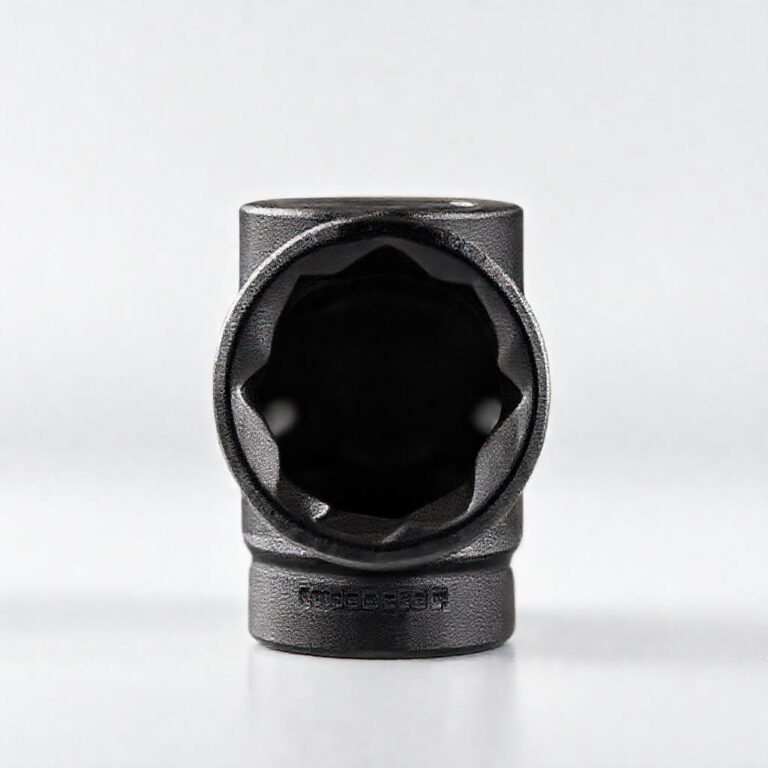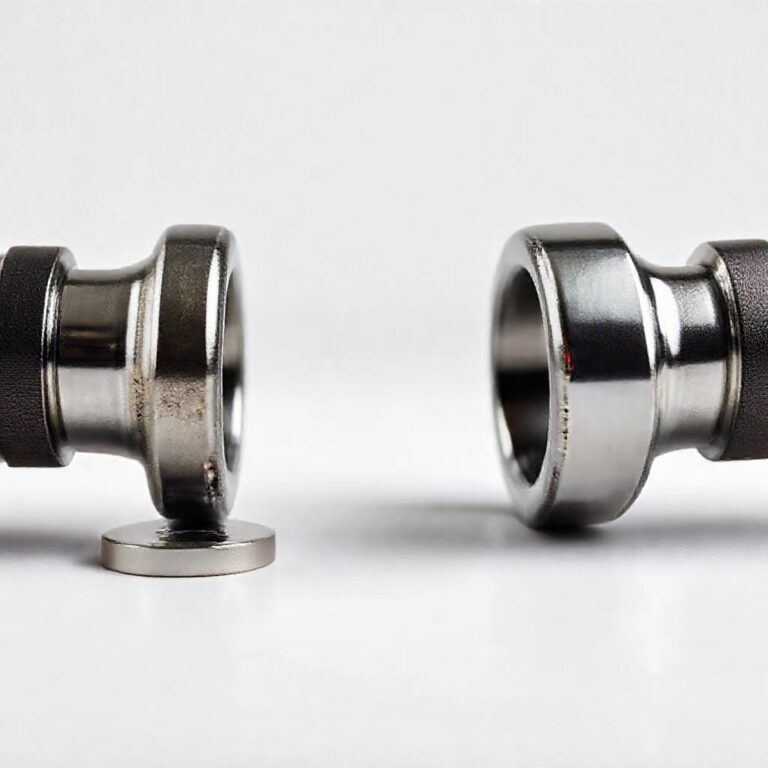What is a Universal Joint Socket
Universal joints are the unsung heroes of mechanical systems, enabling smooth power transmission between misaligned or non-parallel shafts. At the heart of these flexible couplings lies the universal joint socket—a critical component that ensures efficient motion transfer while compensating for angular misalignment. Whether you’re an engineer designing industrial machinery or a mechanic troubleshooting a vehicle drivetrain, understanding this component is essential for maintaining system performance and longevity.
Understanding Universal Joints
Definition and Basic Function
A universal joint, commonly called a U-joint, is a mechanical coupling that transmits rotational motion between two shafts that are not aligned. It consists of a cross-shaped yoke and bearings that allow angular movement, compensating for misalignment while maintaining smooth power transfer. This flexibility is crucial in applications where shafts must operate at varying angles without binding or excessive wear.
Common Applications
Universal joints are found in a wide range of industries, including:
- Automotive: Connects the transmission to the driveshaft or differential, allowing for smooth power delivery even when the vehicle’s wheels are turning.
What Is a Universal Joint Socket?
Structure and Components
The universal joint socket, also known as a yoke, is the part of the U-joint assembly that attaches to the shaft. It typically features a forked design with bearing cups that house the cross bearings, allowing for rotational movement. The socket ensures a secure connection while accommodating angular displacement, making it a vital part of the U-joint system.
Types of Universal Joint Sockets
Universal joint sockets come in various designs to suit different applications:
- Fixed Yoke Sockets: Permanently attached to a shaft, often used in high-torque applications.
Materials and Manufacturing
High-quality universal joint sockets are typically made from:
- Steel alloys for durability and strength.
Precision machining ensures tight tolerances, while quality standards (such as ISO or ANSI) guarantee performance and reliability.
How Universal Joint Sockets Work
Mechanism of Motion Transfer
The socket enables angular movement by allowing the cross bearings to pivot within the yoke assembly. This flexibility compensates for misalignment between shafts, ensuring smooth power transmission even when the shafts are at an angle. The design minimizes friction and wear, extending the lifespan of the entire U-joint system.
Key Performance Factors
When selecting a universal joint socket, consider:
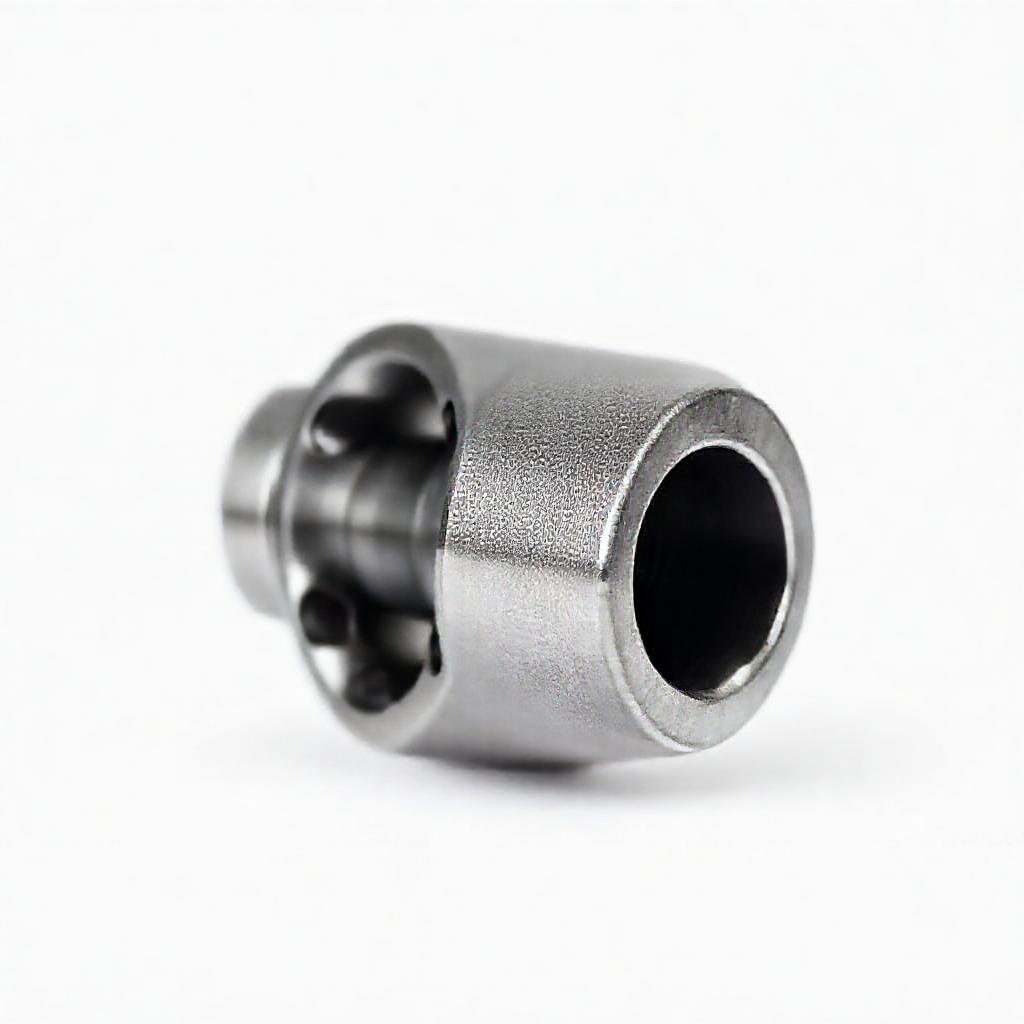
- Load-Bearing Capacity: Must withstand the torque and rotational forces of the application.
Applications of Universal Joint Sockets
Automotive Industry
In vehicles, universal joint sockets are essential for:
- Connecting the transmission to the driveshaft, allowing for wheel movement.
Industrial and Manufacturing Equipment
Heavy-duty machinery relies on robust sockets for:
- Conveyor belts and material handling systems.
Robotics and Automation
Precision applications in robotics use sockets for:
- Flexible joint systems in robotic arms.
Maintenance and Troubleshooting
Common Issues with Universal Joint Sockets
Signs of a failing socket include:
- Vibrations or unusual noises during operation.
Inspection and Maintenance Tips
To extend socket lifespan:
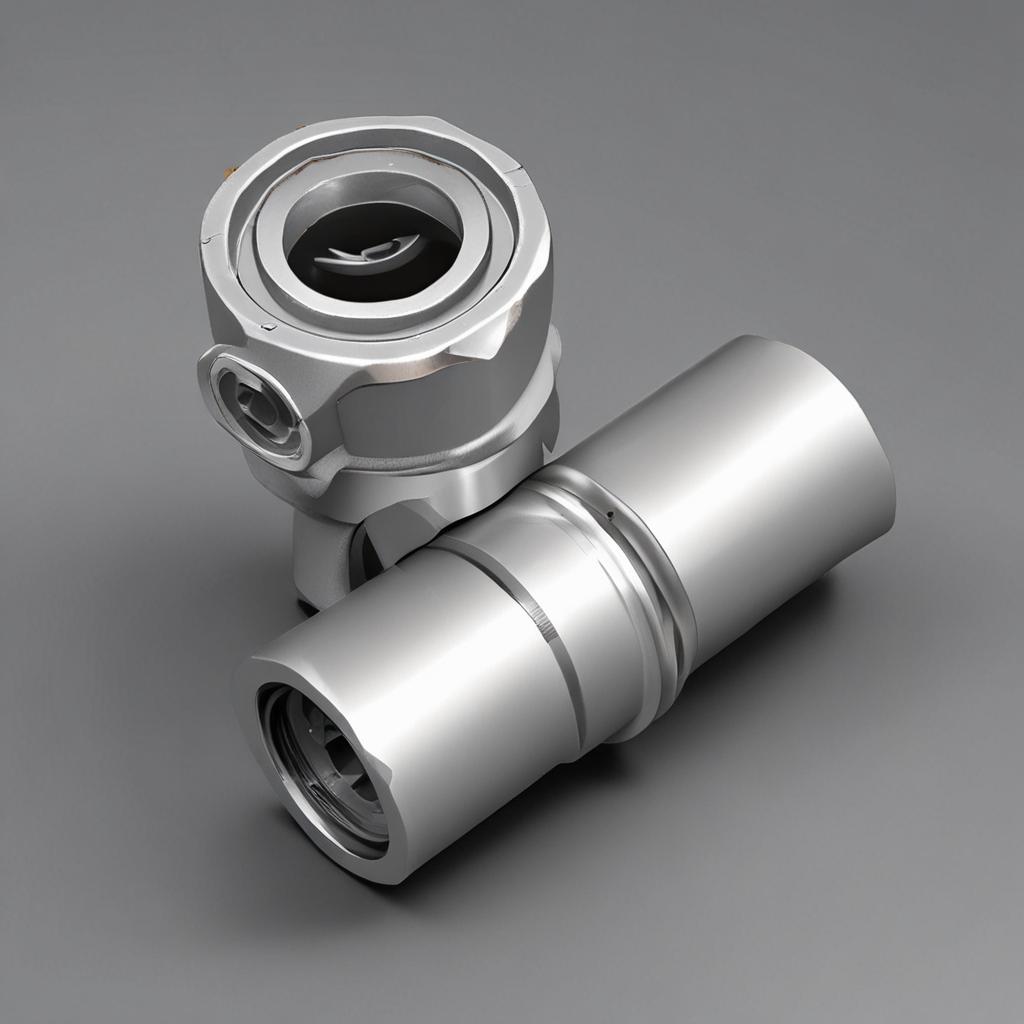
- Lubricate bearings regularly to reduce friction.
Choosing the Right Universal Joint Socket
Selection Criteria
When selecting a socket, consider:
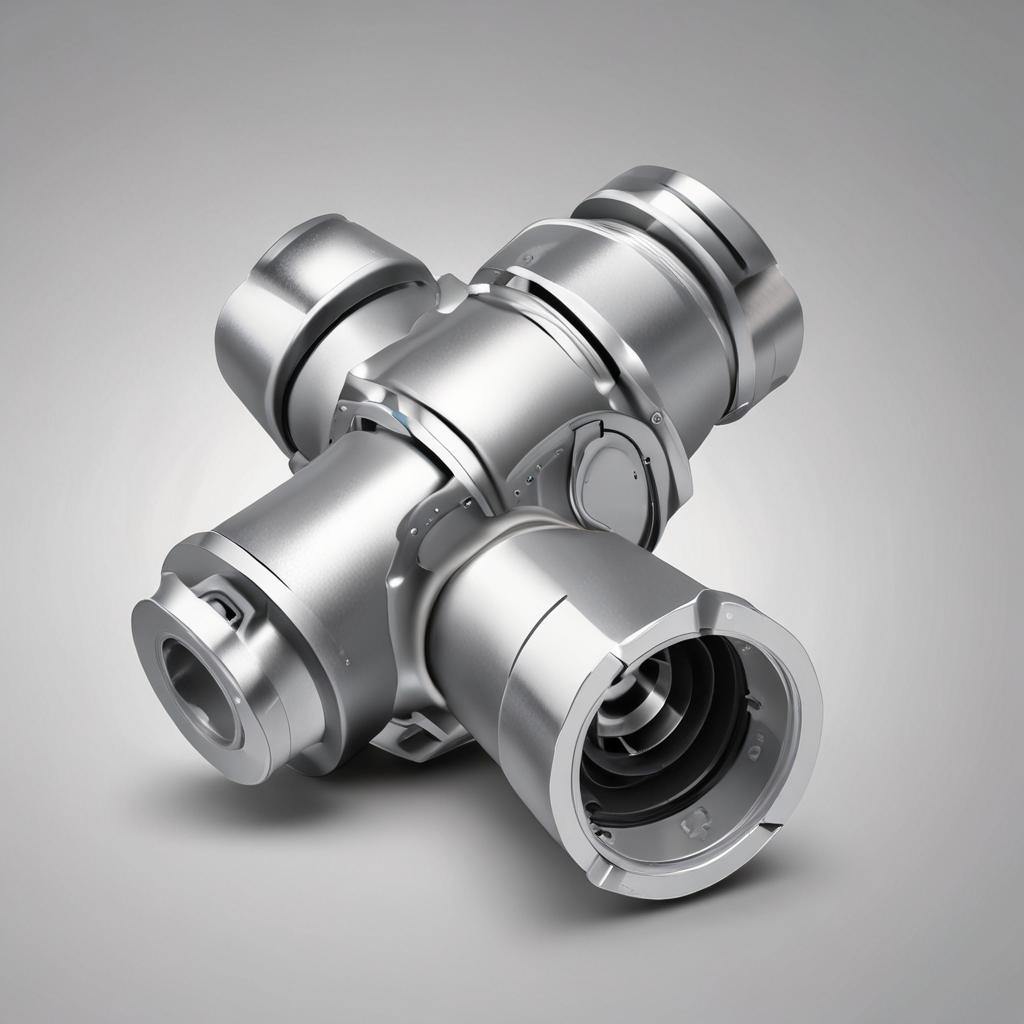
- Load Capacity: Match the socket to the system’s torque requirements.
Custom vs. Standard Sockets
Standard sockets are cost-effective for common applications, while custom sockets provide tailored solutions for unique machinery designs.
Conclusion
Universal joint sockets are indispensable in mechanical systems, enabling efficient power transmission and flexibility in misaligned shafts. From automotive drivelines to industrial machinery, understanding their structure, function, and maintenance is crucial for engineers and mechanics. By selecting the right socket and following proper maintenance practices, you can ensure long-lasting performance and reliability in your mechanical applications.
FAQ Section
1. What is the difference between a universal joint and a universal joint socket?
A universal joint is the complete assembly, while the socket (or yoke) is a key component that connects to the shaft.
2. Can universal joint sockets be repaired or must they be replaced?
Minor wear can sometimes be repaired, but severe damage (cracking, deformation) typically requires replacement.
3. How do I determine the right size of a universal joint socket for my application?
Measure shaft diameter, torque requirements, and operating angle to ensure proper fit and performance.
4. Are universal joint sockets interchangeable between different brands?
Compatibility depends on dimensions, thread standards, and material quality—always verify specifications.
5. What are the most common causes of universal joint socket failure?
Misalignment, excessive load, lack of lubrication, and poor-quality materials are the primary causes.


